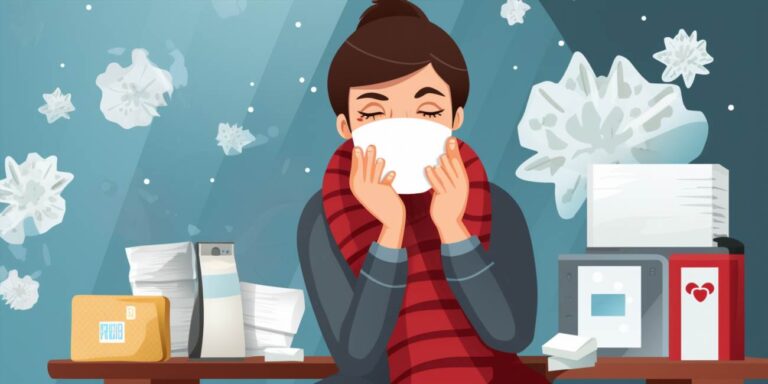If you’re experiencing unexplained allergy symptoms, your central heating system might be the culprit. Central heating systems are a common feature in many homes, providing warmth and comfort during the colder months. However, they can also trigger allergy symptoms in some individuals. In this article, we’ll explore the various symptoms associated with central heating allergies and offer insights into how you can alleviate them.
Understanding central heating allergies
Central heating allergies are allergic reactions triggered by the components of your heating system. These reactions can vary in severity and may affect individuals differently. Common allergens associated with central heating systems include:
- Dust Mites: These microscopic creatures thrive in warm, humid environments, making central heating systems an ideal breeding ground.
- Pollen: Pollen can find its way into your home through the ventilation system, causing allergies for those sensitive to it.
- Mold: Moisture buildup within the heating ducts can lead to mold growth, which can release allergenic spores into the air.
- Pet Dander: If you have pets, their dander can circulate throughout your home via the central heating system, triggering allergies.
Common central heating allergy symptoms
The symptoms of central heating allergies can mimic those of other allergic reactions. It’s essential to recognize these symptoms to take appropriate measures. Common central heating allergy symptoms include:
- Sneezing: Frequent and unexplained sneezing is a common sign of central heating allergies.
- Runny or Stuffy Nose: You may experience a runny or congested nasal passage.
- Watery Eyes: Allergic reactions can cause your eyes to become red and watery.
- Coughing: A persistent cough may develop due to irritation from allergens.
- Itchy Skin: Skin irritation and itching are also possible symptoms.
- Wheezing: In severe cases, central heating allergies can lead to wheezing and difficulty breathing.
Managing central heating allergies
If you suspect that your central heating system is causing allergic reactions, here are some steps you can take to manage and alleviate the symptoms:
- Regular Cleaning: Clean and replace air filters, ducts, and vents regularly to reduce the presence of allergens.
- Humidity Control: Maintain optimal indoor humidity levels to discourage dust mites and mold growth.
- Use HEPA Filters: Consider using HEPA (High-Efficiency Particulate Air) filters in your heating system to trap allergens.
- Keep Pets Clean: Bathe and groom your pets frequently to reduce the spread of pet dander.
- Allergy Medications: Over-the-counter or prescription allergy medications can help manage symptoms.
1. can central heating allergies be completely cured?
No, central heating allergies cannot be completely cured, but their symptoms can be effectively managed through proper maintenance and allergy management strategies.
2. how often should i clean my central heating system to reduce allergies?
Regular cleaning and maintenance, including changing filters and cleaning ducts, should be performed at least once a year to minimize allergen buildup.
3. are central heating allergies more common in certain regions?
Central heating allergies can occur in any region, but they may be more prevalent in areas with cold winters where central heating systems are used extensively.
4. can central heating allergies lead to more serious health issues?
In some cases, untreated central heating allergies can exacerbate respiratory conditions like asthma. It’s essential to address allergy symptoms promptly to prevent complications.
In conclusion, central heating allergies can cause a range of uncomfortable symptoms, but with proper maintenance and allergen management, you can significantly reduce their impact on your health. By staying informed and taking the necessary steps, you can enjoy a comfortable and allergy-free home during the heating season.
See also:





